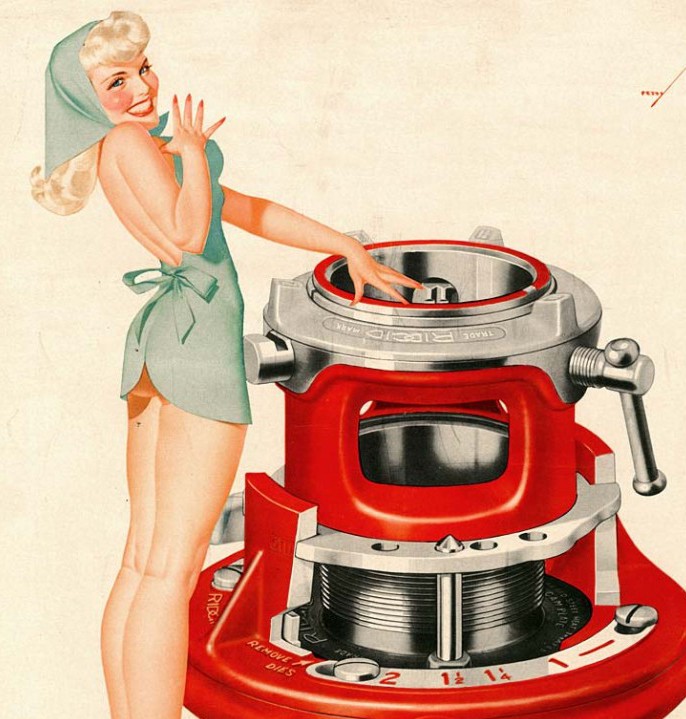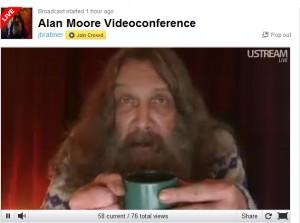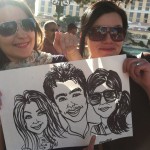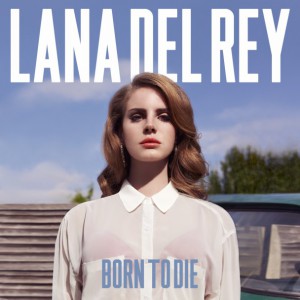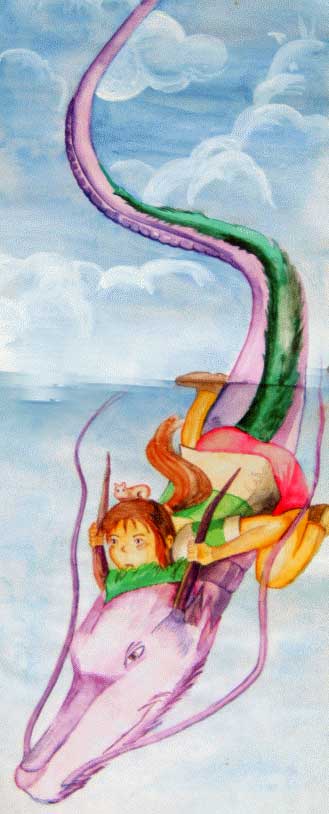Kickstarter is a site that been one of the most interesting things on the web. What is Kickstarter? A way to solicit funding for projects. Any kind of project at all, just as long as it’s original. All you need is a goal amount and people can pledge a sum to help you meet it. The project gets funded if enough people pledge and the goal is reached – or surpassed. Most projects usually have different funding options, with corresponding rewards based on the amount you contribute.
And the kind of projects that you see on the site range from the humdrum to eye-poppingly awesome. From producing independent cinema and music albums to developing quirky products like Twine, from producing custom-made espresso machines to starting mobile libraries, Kickstarter is becoming a hub for amateur musicians, artists, technologists and – well, anyone at all – to connect directly with their intended audience.
I’ve been keeping an eye on the comics projects. There has been a lot of them. There was a project on an all-female comics anthology, catchily named Womanthology that gained quite a bit of buzz, and a 109,000$ backing. Writer Neil Gaiman and his wife Amanda Palmer kickstarted their American tour last year, raising 133,000$ (out of a $20,000 goal). Digital Manga Press broke new ground in manga publishing by first proposing reprints of an out-of-print volume of Osamu Tezuka’s Swallowing the Earth – a 3950$ goal yielded 8800$ in crowdfunding. Emboldened thus, they recently launched another Kickstarter, one to publish another adult graphic novel by Tezuka, called Barbara. This one still has 5 days to go, and is at 14,600$ for a proposed 6500$ goal.
One particular project that caught my eye was Joyce Brabner’s Kickstarter to install a desk and statue in honor of noted comic-book writer Harvey Pekar, in Cleveland, his hometown. For those not in the know, Pekar is one of the pioneers of American autobiographical comics. His long-running series American Splendor, based on his own day-to-day adventures, began in 1976 and went on till his demise in 2010. Since he could not draw comics himself, the illustrations were provided by a variety of artists, ranging from alternative gurus Robert Crumb and Joe Sacco to modern-day cartoonists like Gilbert Hernandez and Richard Corben.
Among the rewards that the Pekar Kickstarter had, the most surprising was something that cost 99$. A Video conference with Alan Moore. THE Alan Moore. You know, the guy I keep obsessing about and keep mentioning at every single opportunity. Would I pay 99$ for a video conference with Alan Moore? Seriously? I would have happily paid twice that amount, and that’s as honest a statement as I can express without melting into maudlin sentimentalism and fan-wankery. I paid the money last year, felt flushed with happiness and altruism and nervousness at the thought of actually being able to watch the Mage of Northhampton speak.
And then I forgot all about it.
News of the actual conference came in early February – it was to be held on Saturday. I was a little disheartened to learn of the date because I had other plans that day, but as it turned out, I was able to attend part of the conference, knowing that Brabner would undoubtedly put up the video sooner or later online. There was some level of an honor system involved, where we were not supposed to share our passwords to the conference with any non-backers. Some payment issues involved with the hosting company.
Regardless of how he comes off in interviews (more than a little disgruntled with the state of affairs around him, that is), Moore is a genuinely funny person. He’s also capable of carrying on a conversation without losing his train of thought or the erudite charm that marks his writing. The conference obviously did not have us all talking to him at once, it was more of a broadcast where he would answer questions that the backers had sent to him prior to the event. But the air of quiet theatricality he brought to the proceedings – hunching his shoulders and rolling his eyes at times, sipping on his cup of tea, and even showing off his shoes – this was something that paid for itself within the first few minutes. And continued for much longer.
In the course of two hours and thirty minutes, Moore talked about fans and celebrities, his thoughts on the comics industry, and the possibilities of the comics medium. He went into detail about his thoughts on digital comics, where he distinguished between gimmickry in online comics and actual utilization of this new medium. (“comic companies are taking the same regrettable formulae from the last few decades and plopping them online”). About process, and how he finds all the little details that make his works so much richer. (“You research the place until connections start to emerge.”) He spoke briefly of his beef with Grant Morrison (“I was someone famous that he could slag on”) and about Jerusalem, his upcoming novel, which he calls the biggest work of his life and has about five more chapters to go. There are moments where he astounds – like his aversion to video games because he does not want his audience to control the narrative (“I am a fascist with narrative”). Or when he compares Pro wrestling to Greek theater.
And in the answer to my question, he name-drops Craig Thompson. Hoo ah!
Well, you can see the video for yourself, it’s online now. There are glitches in the recording from time to time, but ignore them. 2 and a half hours of Alan Moore goodness will make you happy, I guarantee it. Umm, feel free to donate some money to Joyce once you are done at hpekar@aol.com. Not only does she deserve a bit of your money, but she’s also planning to organize a second instalment of An Evening With Alan Moore very soon.
Kickstarter is not the only sponsor-game in town, though. There’s Sponsume, which incidentally has an Alan Moore-involved project going on right now, where you can pay for a V For Vendetta paperback or mask signed by Moore. I am a little cash-unrich at the moment, and I’ll pass.
